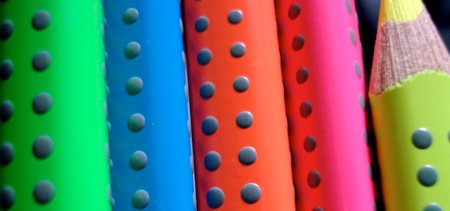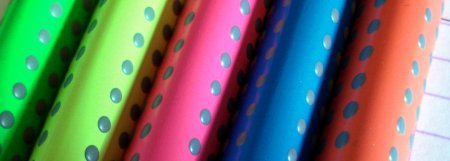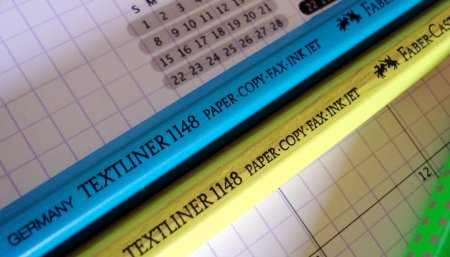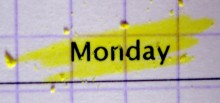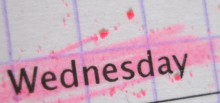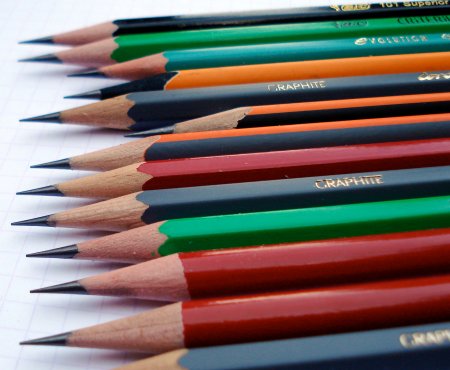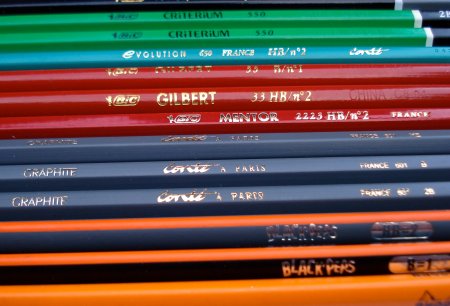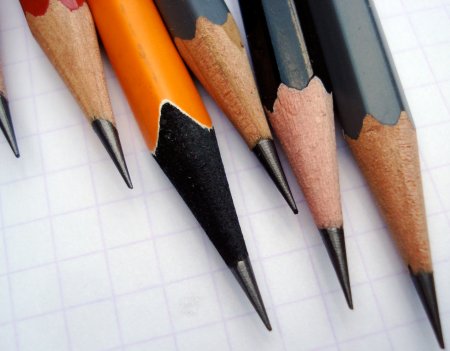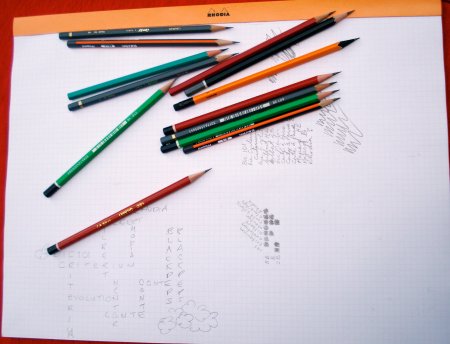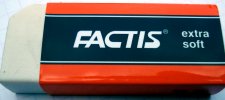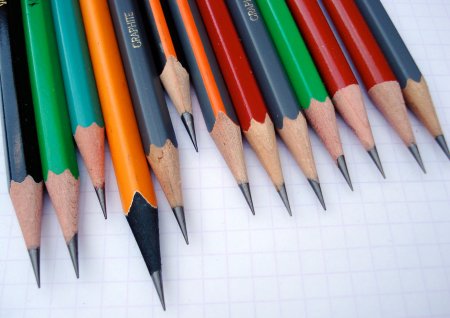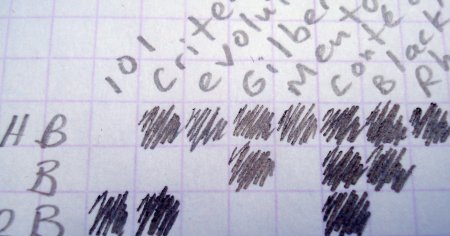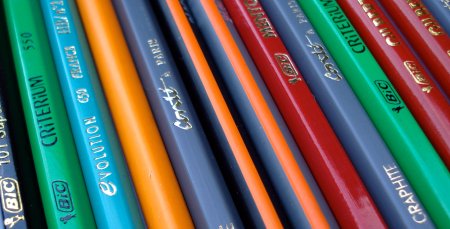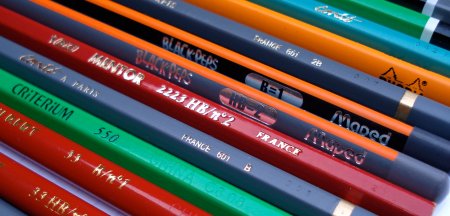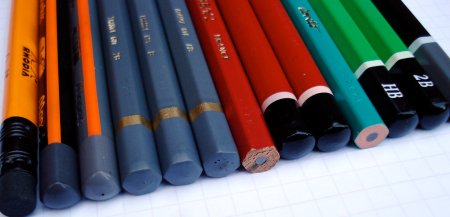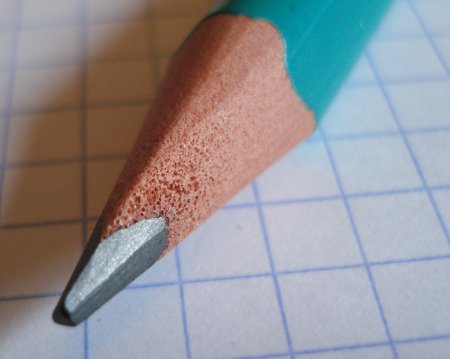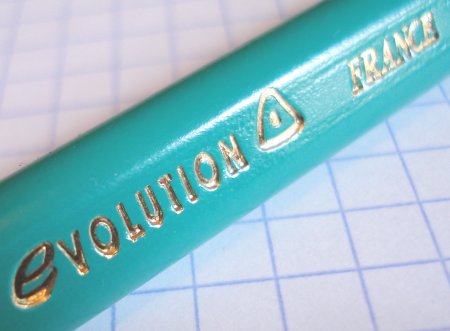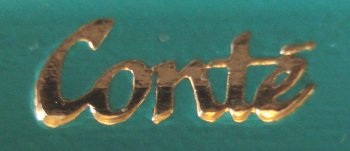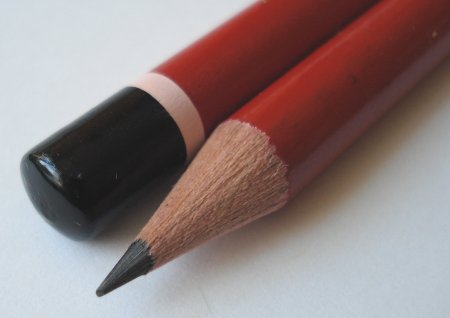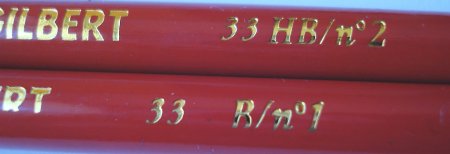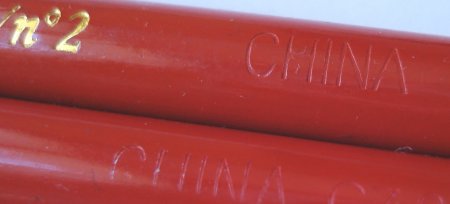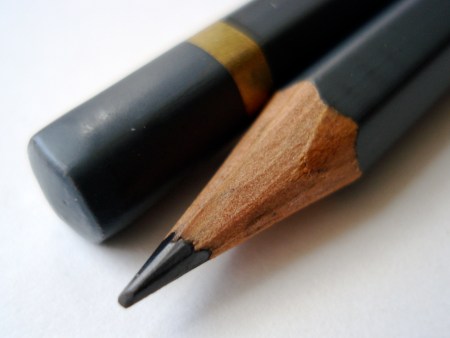
The Conté à Paris Graphite 601 pencil is a great find, as well as a rarity, being possibly the only woodcase pencil currently manufactured in France.
I was very pleased to discover that a small local bookstore had tins of these pencils on their modest art supply shelf.
The pencils come in a range of degrees from 3H through 6B, and are finished in a serious grey with gold lettering.
They are truly first rate – very rich and smooth, leaving dense, saturated lines. If better known, they could potentially be market leaders.
Now about the names – I thank the Paris office of ColArt, and blog reader Frank, for research assistance with the following.
Conté is named after balloonist, military officer, and chemist Nicolas-Jacques Conté, creator of the graphite-clay manufacturing process which is still used today, freeing manufacturers from the need to procure intact whole graphite pieces – which in the Napoleonic era, would only have been available from the Borrowdale mine of then-adversary England.
Akin to Newton and Leibniz, Conté’s contemporary Hardmuth was making similar breakthroughs in this era.
I’m not an art supplies historian, but Conté is also cited for advances in manufacturing sanguine and sepia pastels, based on pigments first used in the Italian renaissance – and still today.
Conté received French patent No. 32 and formed la Société Conté to manufacture his creations.
The company (at least in name) seems to have survived almost two centuries, and was purchased in 1979 by Bic.
So what are all the various pencils we’ve seen, and what is this one?
The answer found in Bic financial statements is that they sold the trademark “Conté à Paris” to ColArt for 1.5 million Euros in 2004. The “Ballograf” brand was also sold as part of the same “return to core products” initiative. Essentially, Conté was seen as a focused high end brand, not aligned with Bic’s mass market strategy.
So wait a minute – “Conté”, “Conté à Paris”, what’s going on and what is the difference? Well the financial statements mention “Conté à Paris”, which is the name on ColArt branded products – pencils and otherwise. Bic has moved former “Conté” products to the “BIC Kids” line, while still selling older stock under the name.
So the agreement appears to involve a transition – ColArt uses and will use “Conté à Paris” for high-end fine arts products, and Bic retains rights to use “Conté” while it transitions to “BIC Kids” – school/children’s supplies.
So who is ColArt? Rest assured, they aren’t a name most of us would know – but they are the owner of leading artist brands “Winsor & Newton”, “Liquitex”, and many others. ColArt is in turn part of a Swedish conglomerate – but that’s as far as we’ll go investigating corporate lineage here.
The logos, particularly the rendering of “Conté”, are the same in both brands – no doubt by agreement.
Congratulations to ColArt for carrying on a tradition of excellence.
Further reading: Conté memorial.

